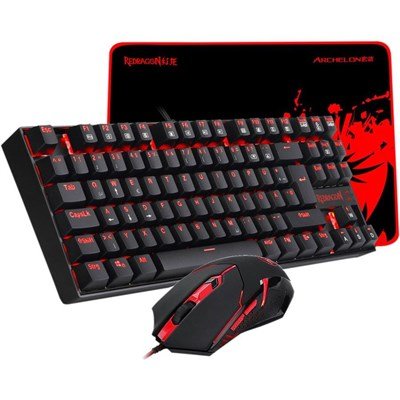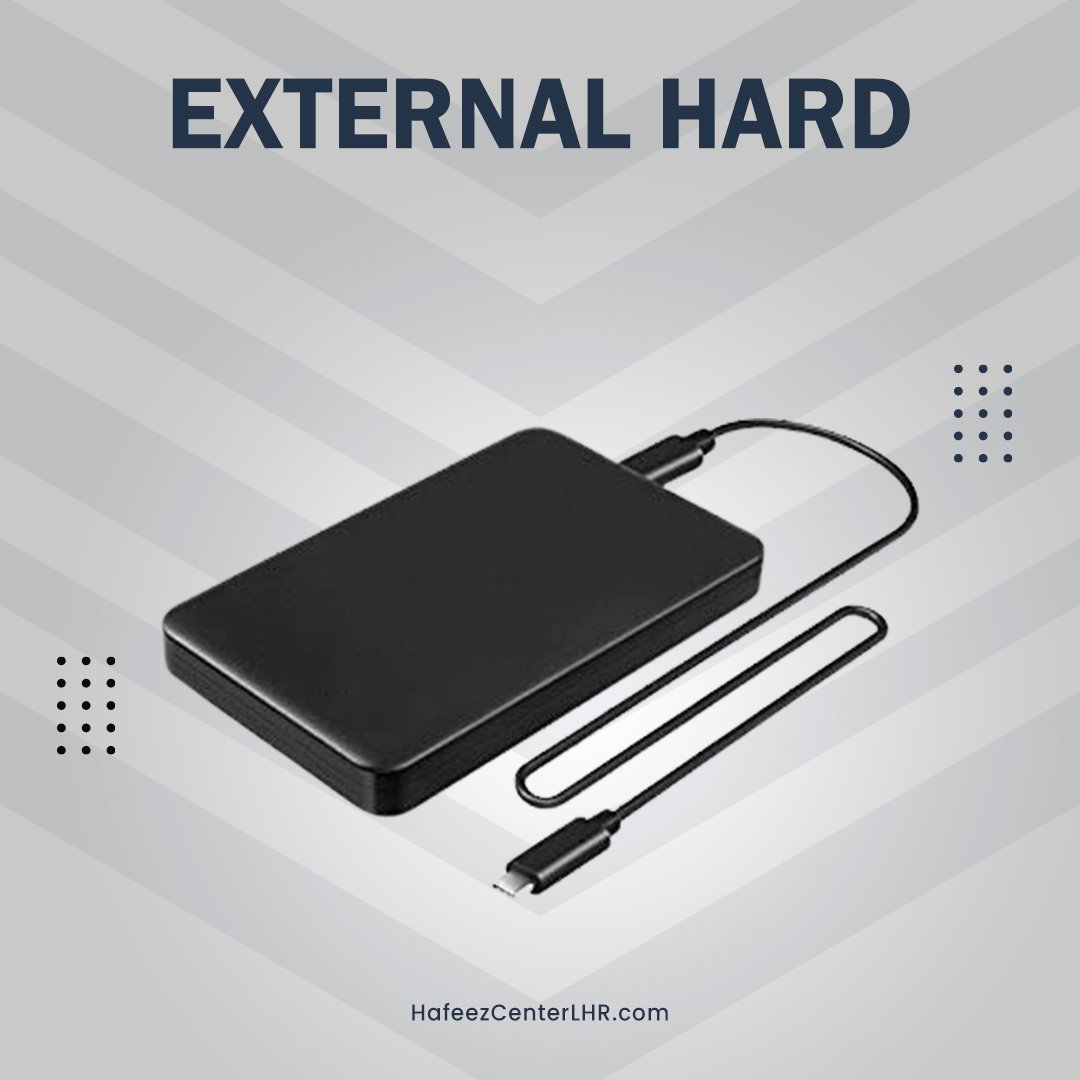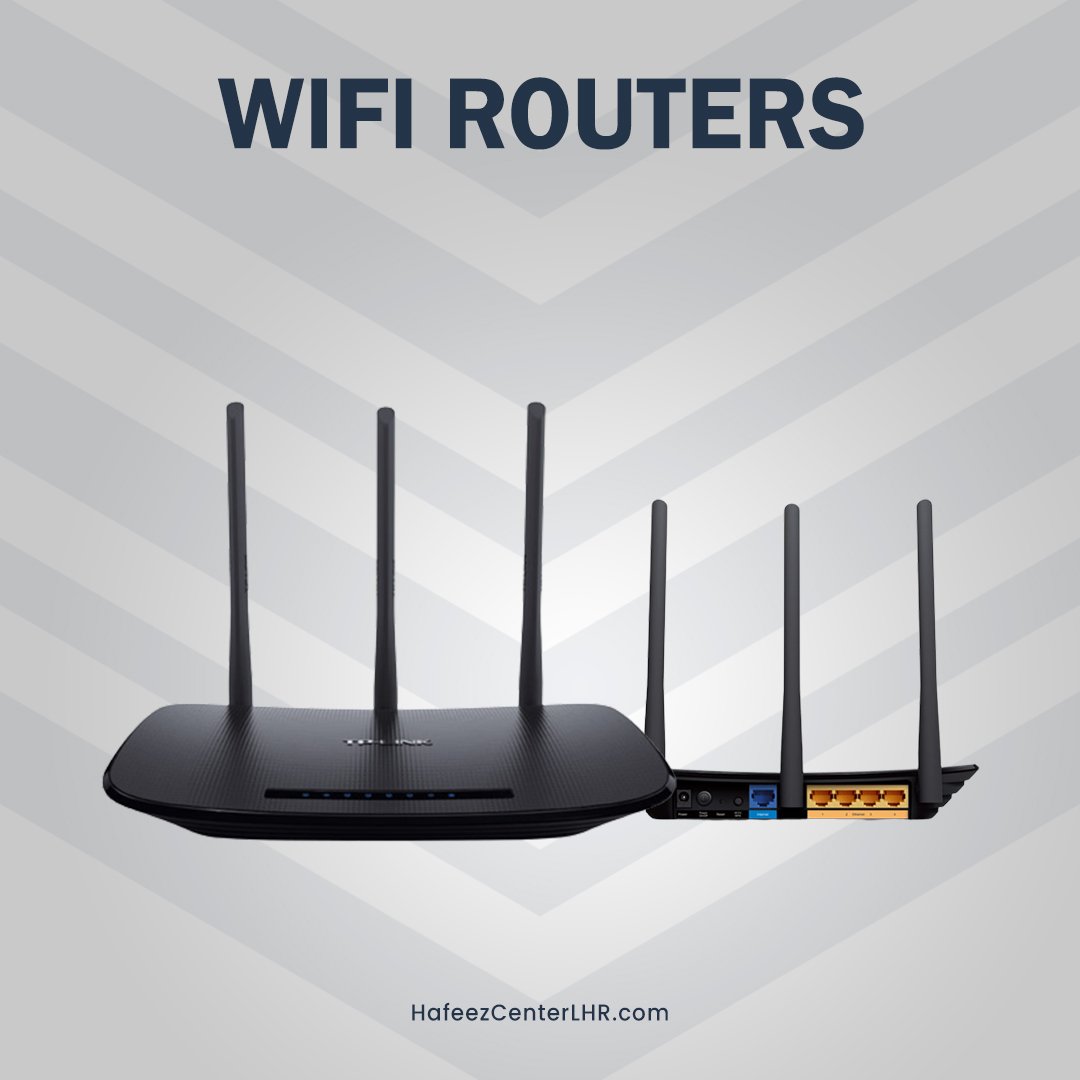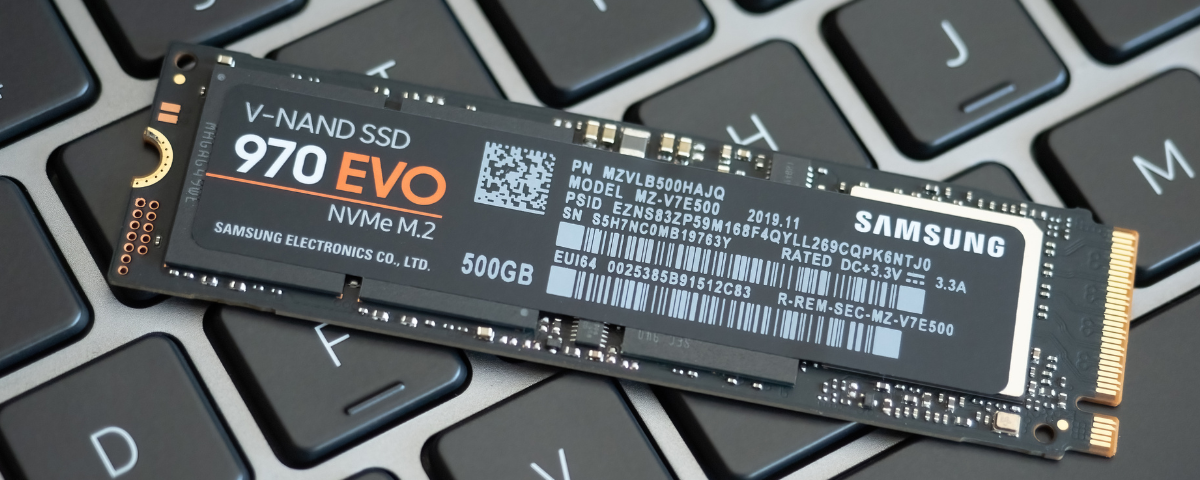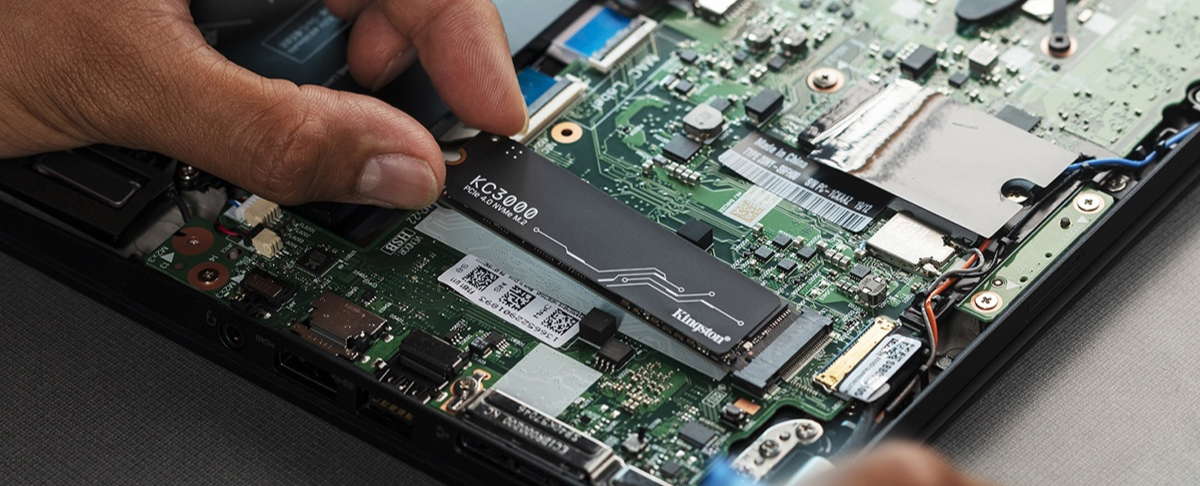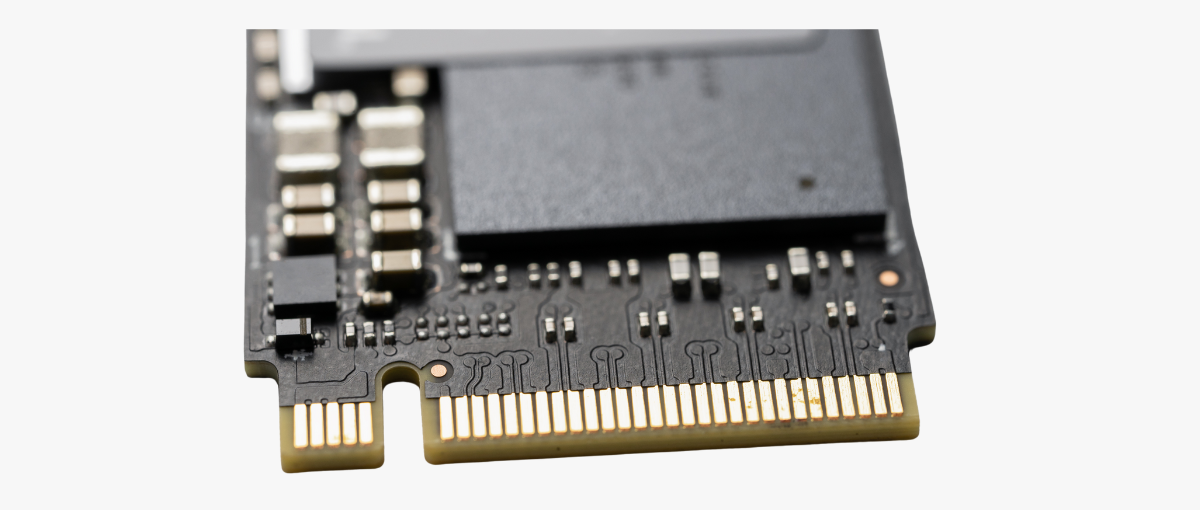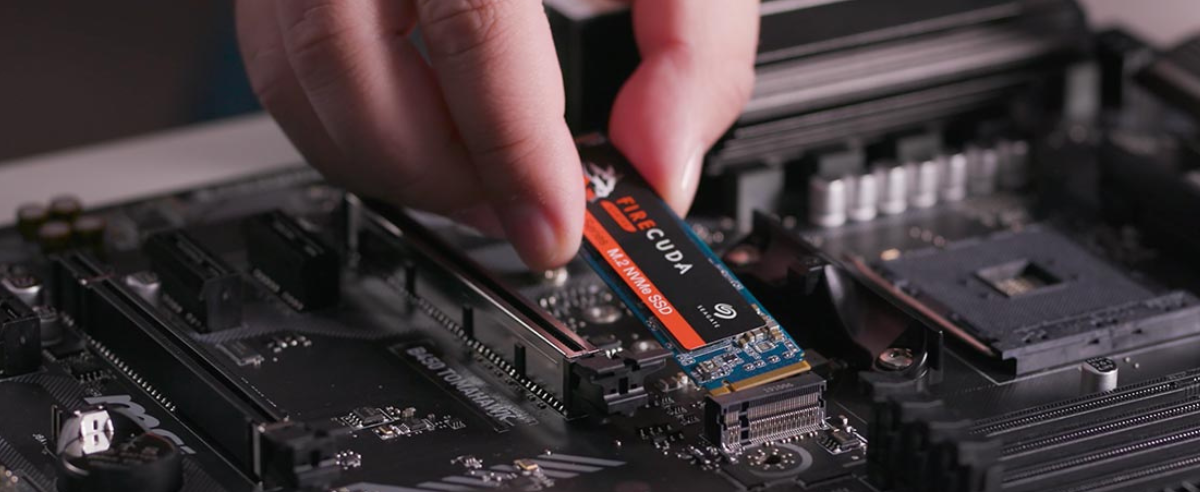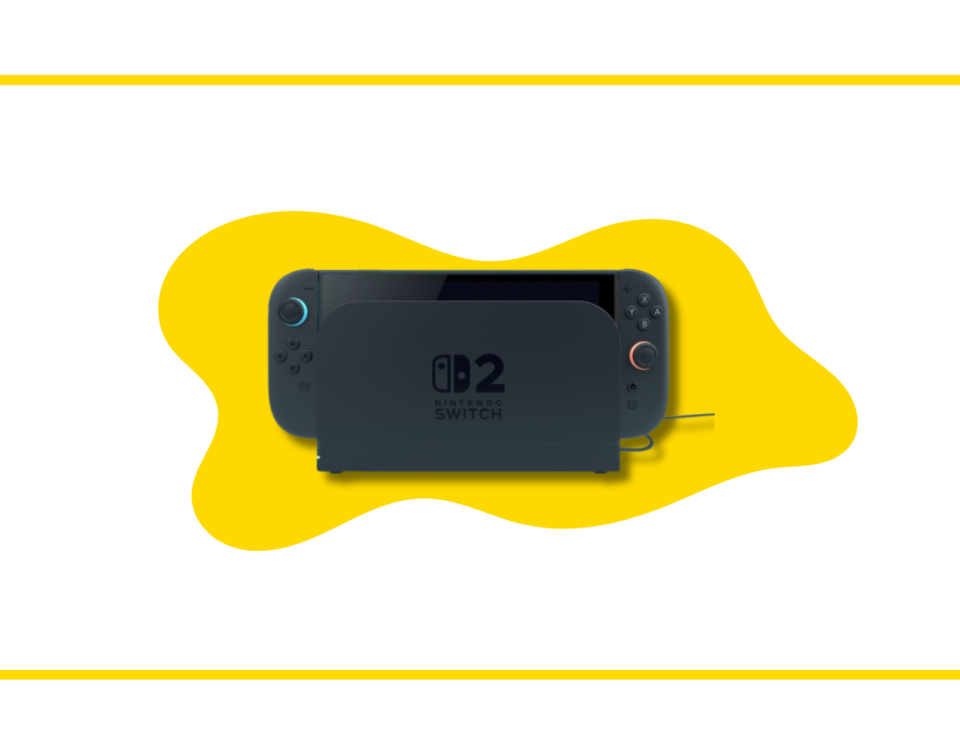
The Best Noise-Cancelling Headphones in Pakistan – Our Top Picks at Hafeez Center
September 30, 2024
Top Rated Headphones for Music: Best Models Updated List
October 4, 2024As technology evolves, traditional hard drives (HDDs) and older solid-state drives (SSDs) struggle to keep up with increasing demands for performance. Gain knowledge of NVMe (Non-Volatile Memory Express) SSDs, which have revolutionized how we think about storage speed and efficiency. This blog will explain what NVMe SSD is, how it works, and the factors contributing to its fantastic speed.
| Sr. | Table of Contents |
| 1 | What is an NVMe SSD? |
| 2 | How NVMe SSD Work? |
| 3 | Why are NVMe drives so fast? |
| 4 | Real-world performance benefits |
| 5 | Conclusion |
| 6 | FAQs |
What is an NVMe SSD?
NVMe stands for Non-Volatile Memory Express, a protocol designed specifically for high-speed storage devices like SSDs. Unlike traditional SSD that use the SATA (Serial ATA) interface, NVM express SSD connect directly to the motherboard via the PCIe (Peripheral Component Interconnect Express) interface. This connection allows for a much higher data transfer rate, making NVMe drives significantly faster than their SATA counterparts.
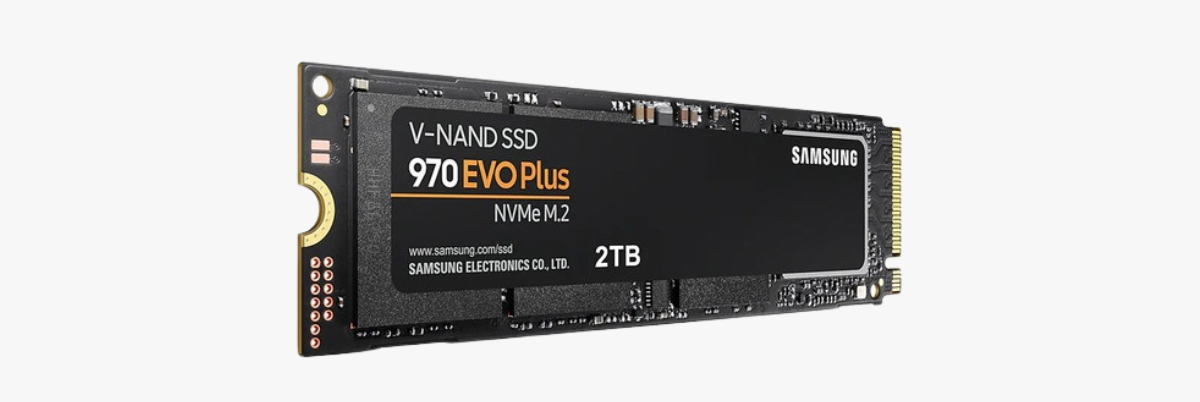
How NVMe SSDs Work
NVMe solid-state drives leverage flash memory technology to store data. Here’s how they achieve their impressive speeds:
- Direct Connection to the CPU: NVMe drives connect directly to the CPU via the PCIe bus. This means data can be transferred with minimal latency compared to traditional SSDs, which rely on the slower SATA interface.
- Parallel Processing: Unlike SATA SSDs, which can handle only one command at a time, NVMe drives can process multiple commands simultaneously. This feature is crucial for speeding up data access and improving overall performance.
- Increased Bandwidth: PCIe lanes allow NVMe drives to utilize more bandwidth. A single PCIe 3.0 lane can provide a maximum throughput of about 1 GB/s, and NVMe drives can use multiple lanes (up to 4 lanes for most consumer models). This results in much higher speeds compared to SATA SSDs, which max out at around 600 MB/s.
- Advanced Command Set: NVMe uses a more efficient command set than SATA, which reduces the overhead involved in reading and writing data. This streamlined process contributes to faster data transfer rates.
Why Are NVMe Drives So Fast?
Several key features contribute to the speed of NVMe drives or why they’re key to your PC’s success:
- Low Latency: The NVMe protocol was designed to minimize latency, enabling faster data access. This low latency is crucial for applications requiring rapid read/write speeds, such as gaming and video editing.
- Increased IOPS: NVMe drives can deliver significantly higher input/output operations per second (IOPS) compared to traditional SSDs. This capability makes them ideal for workloads that involve frequent access to small files.
- Thermal Management: Many NVMe state drives come with built-in thermal management features. These systems help maintain optimal operating temperatures, ensuring consistent performance even during heavy use.
- Better Performance Scaling: As technology advances, NVMe drives continue to evolve. Newer generations of PCIe offer greater speeds and efficiency, further enhancing the performance of NVMe drives.
Real-World Performance Benefits
The advantages of NVMe SSD translate into tangible performance improvements in various applications:
- Gaming: Load times for games are significantly reduced, allowing players to dive into their favorite titles faster than ever before.
- Content Creation: Video editing software benefits from quick access to large files, making the editing process smoother and more efficient. An NVMe SSD is a superior choice over a traditional internal hard drive for video editing, as it ensures faster rendering and playback.
- Data Transfer: Backing up and transferring large files occurs in a fraction of the time compared to traditional drives, enhancing productivity.
- Operating System Performance: Booting up an operating system and launching applications are quicker with NVMe drives, leading to a more responsive user experience.
Conclusion
NVMe solid-state drives represent a significant leap forward in storage technology. With their high-speed capabilities, reduced latency, and increased bandwidth, they have set a new standard for performance. Whether you’re a gamer, a content creator, or someone who simply values speed, upgrading to an NVMe SSD can enhance your computing experience immensely. As the technology continues to evolve, the future of data storage looks brighter than ever.
FAQs
Can NVMe SSD be repaired?
NVMe drives generally cannot be repaired due to their complex design and soldered components. If an NVMe SSD fails, it’s usually more cost-effective to replace it rather than attempt repairs.
Can I use NVMe SSD in the SATA slot?
No, you cannot use an NVMe SSD in a SATA slot, as they use different interfaces and connectors. NVMe drives require a PCIe slot for connectivity, while SATA SSDs connect through the SATA interface.
How to install NVMe SSD on a PC?
To install an NVMe SSD in your PC or laptop, locate the M.2 slot on the motherboard, insert the SSD at a slight angle, and secure it with a screw. Finally, power on the PC and initialize the drive in your operating system.
What NVMe Drives should I buy?
For high performance, consider the Samsung 970 EVO Plus for its speed and reliability, or the Western Digital Black SN850 for excellent gaming performance. Both offer great endurance and come in various capacities to suit your needs.



